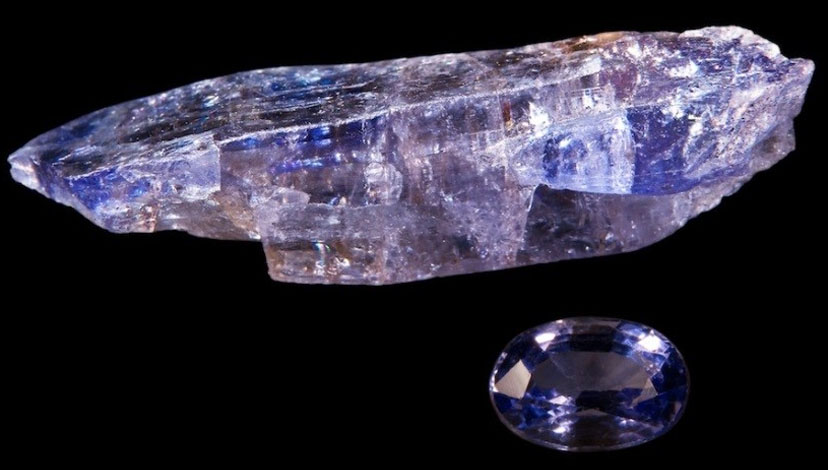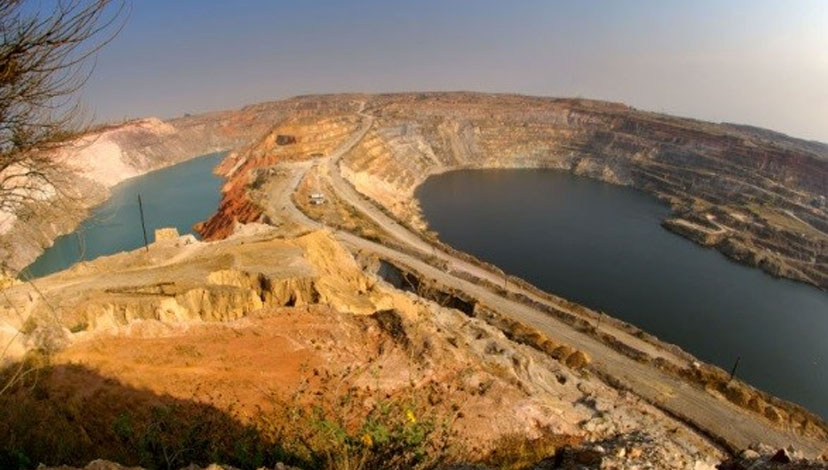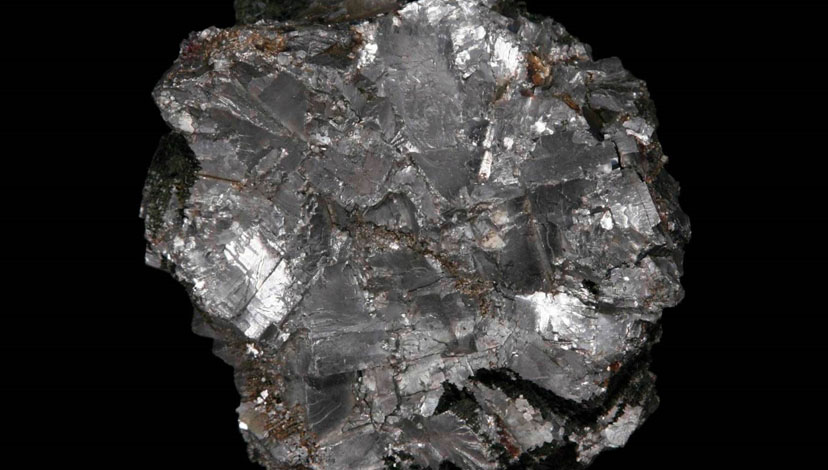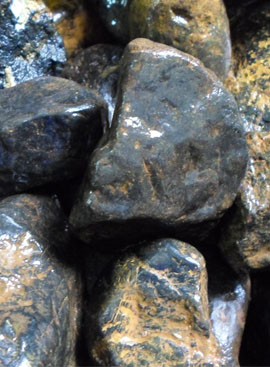Democratic Republic of Congo/Zambia/Tanzania

The Katanga KOV copper-cobalt project is located at Kolwezi District in the Lualaba Province of the Democratic Republic of Congo. The western end of the Katanga copper belt holds the mineralised zones hosted mainly in late Proterozoic Katangan system meta-sedimentary rocks, and sediments with minor volcanic, volcanoclastic, and intrusive rocks. Primary mineralisation occurs in the form of sulphides, within the Lower Roan for the low grade ore body. Primary copper sulphides minerals occur as bornite, chalcopyrite, chalcocite, and occasional native copper, while cobalt is in the form of carrolite. The mineralisation is either disseminated or in association with hydrothermal carbonate alteration and silicification.

Katanga copper-cobalt project reserves
The Katanga KOV copper-cobalt project has a probable reserve of 10.5Mt grading 1.70%TCu (percentage total copper content) and 0.24% cobalt, according to December 2018 estimates.
Following dewatering in 2010, 5.4Mt of ore was mined from the KOV open-pit in 2014 and 4.6Mt in 2015. The mining was minimised in 2015 following slump in metal prices, and resumed in 2017 ahead of the commissioning of the whole ore leach (WOL) processing facility.

Ore processing
The process plant comprises the Kamato Concentrator (KTC) and Luilu plant. KTC historically treated a mixed oxide and disseminated sulphide ore from KOV and a sulphide ore from KTO. It applied two separate mill and float circuits to produce an oxide concentrate and a sulphide concentrate from the mixed ore, as well as a sulphide concentrate from the sulphide ore.
At the new KTC circuit, ore from the KOV open-pit is mixed with the ore from Mashambe East to produce a sulphide pre-float concentrate, and oxide form tailings. The resultant concentrate and tailings are forwarded to the Luilu metallurgical plant for further processing to produce copper cathode metal and cobalt hydroxide cake.
Ore is crushed and milled to secure a grinding size and then forwarded to the flotation circuit, which consists of two distinct parallel flotation circuits. The resultant product is directed to the common cleaner circuit. The cleaner circuit upgrades the copper and sulphur content of the flotation concentrate.
Coltan mining at a glance

The Republic of Congo (DRC) is rich in natural resources – its untapped deposits of minerals are estimated to be worth US$24 trillion. Gold, diamonds, cobalt and zinc are among them.
Another strategic mineral mined in the DRC is coltan – a name derived from “columbite-tantalite”. In 2021, the DRC’s coltan production amounted to an estimated 700 tonnes, making the Central African country the world’s largest coltan producer by far.
Coltan is indispensable to the manufacture of all modern technological devices. The mineral is refined to tantalum powder, which is used to make heat-resistant capacitors in laptops, cellphones, and other high-end electronic devices.
The global coltan market was valued at US$1,504.81 million in 2019. It is expected to reach US$1,933.92 million by the end of 2026, growing at a rate of 5.58% a year between 2021 and 2026.